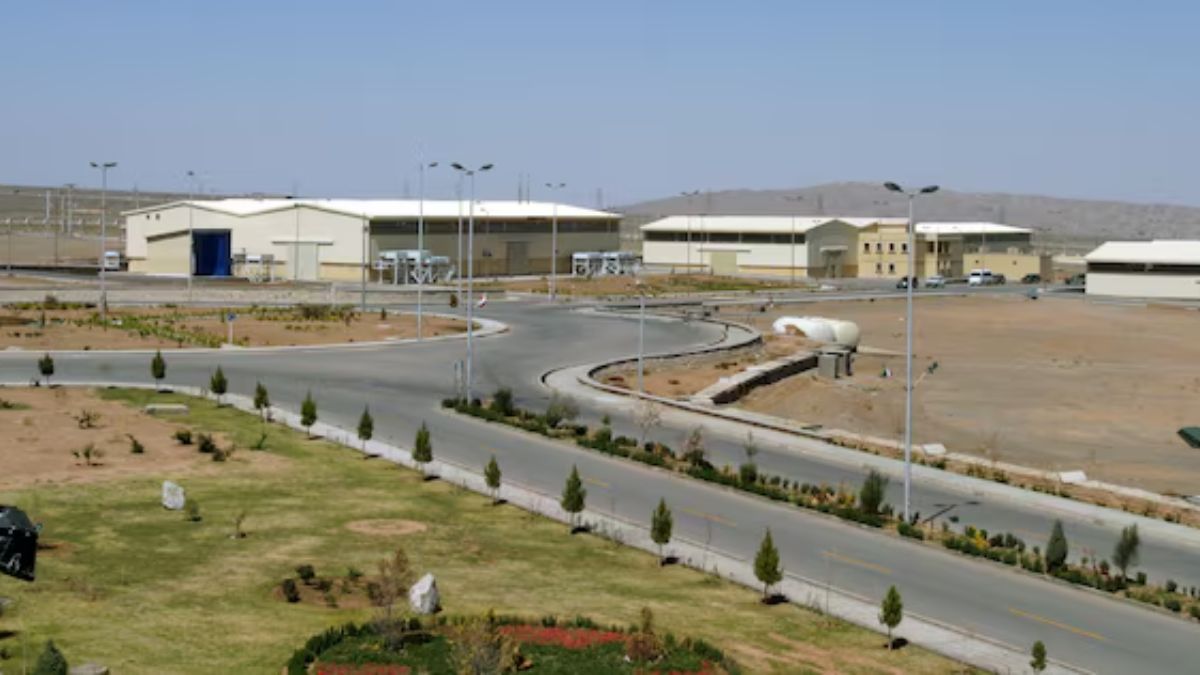Iran’s highly enriched uranium stockpile was mostly unharmed by Israeli and US strikes in June and remains in Iran’s possession, according to Rafael Grossi, the chief of the International Atomic Energy Agency (IAEA).
In June, Israel attacked Iran with the stated intention to destroy the regime’s nuclear capabilities. The United States joined the war and struck Iran’s nuclear sites at Fordow, Isfahan, and Natanz with ‘bunker buster’ bombs and Tomahawk missiles. President Donald Trump said at the time that those sites were “obliterated” but satellite imagery and independent analyses — as reported by Firstpost’s Madhur Sharma — have disputed the claim.
Grossi has said that most of Iran’s highly enriched uranium stockpile remains at Fordow, Isfahan, and Natanz, and has not been moved.
Prior to the Israeli and US strikes, Iran was believed to have around 440 kilograms of 60 per cent enriched uranium — just below the weapons-grade 90 per cent.
Previously, Firstpost’s Madhur had reported that US strikes had dealt severe damage to Iranian nuclear sites but not irreversible damage. The reporting was in line with the initial assessment of the US Defense Intelligence Agency’s (DIA) that said US strikes did not destroy the core components of the Iranian nuclear programme and that the stockpile of enriched uranium was not destroyed and centrifuges were intact as well.
‘Majority of this uranium is still there’
The majority of Iranian highly enriched uranium is still there at those three sites, said Grossi, the head of IAEA, the United Nations (UN) nuclear watchdog.
It is possible that some of the stockpile may have been moved “but not much”, said Grossi in an interview with German-language newspaper Neue Zurcher Zeitung.
Impact Shorts
More Shorts“According to our information, the majority of this uranium is still in the nuclear facilities in Isfahan and Fordo, and partly in Natanz. However, the facilities there were bombed; they are massively damaged and are partially underground. To gain access here, Iran’s full cooperation will be necessary. This will only happen if Iran sees a national interest in it,” said Grossi.
ALSO READ — Inside Netanyahu’s campaign to destroy Iran’s bunker nuclear sites: Here’s what Israeli expert says
As for the current stockpile, Grossi said that Iran is expected to have around 400 kilograms of highly enriched uranium.
Even as Iran has formally junked the 2015 nuclear deal and European powers have slapped ‘snapback sanctions’, Grossi remained hopeful of a diplomatic solution to the crisis. He said that Trump’s approach to West Asia, as seen with the Israel-Hamas ceasefire, gave him hope.
Grossi added, “The central question is: Will we get access to this uranium? And what will happen to it then? Will Iran want to keep it, will it down-blend it, or will Iran ship this uranium abroad? There are many options.”
Grossi further said, “It was indeed very encouraging to hear those words from President Trump. And don’t forget: It was in the Knesset that he referred to Iran and declared that he believes in a diplomatic solution – just four months after the military action by Israel and the US against Iran. That was a rather strong statement from the American president. We cannot undo what has happened, that violence was used. But sitting down together at a table spares us the danger of another round of bombardments and attacks.”
)